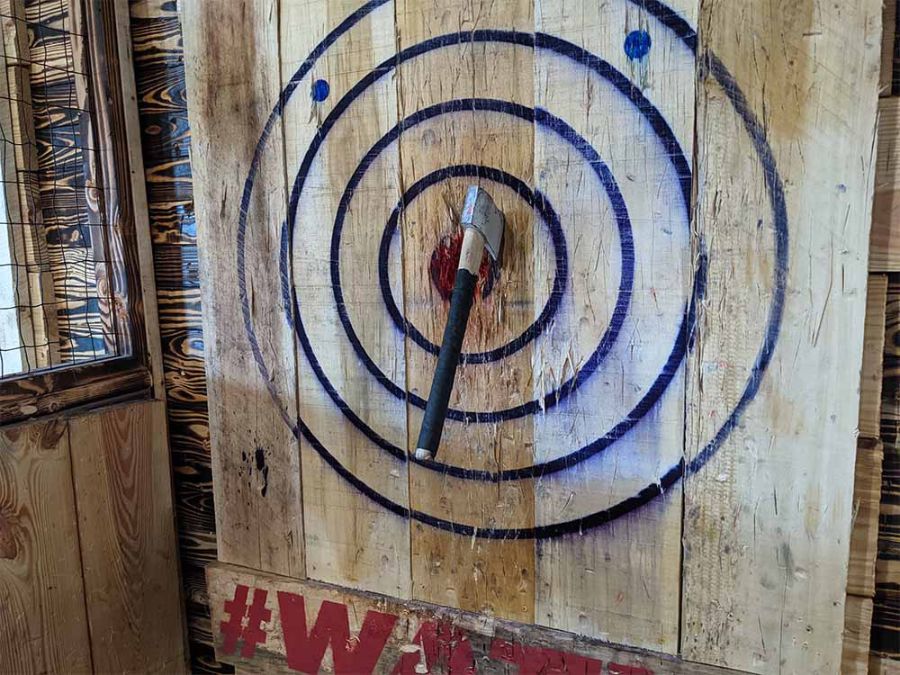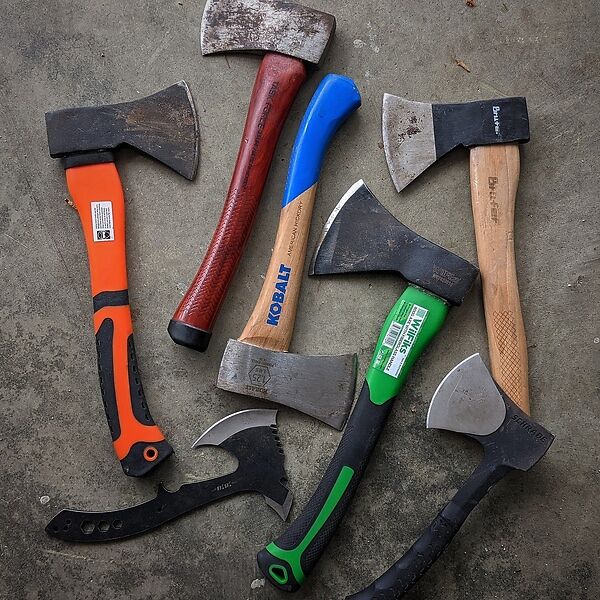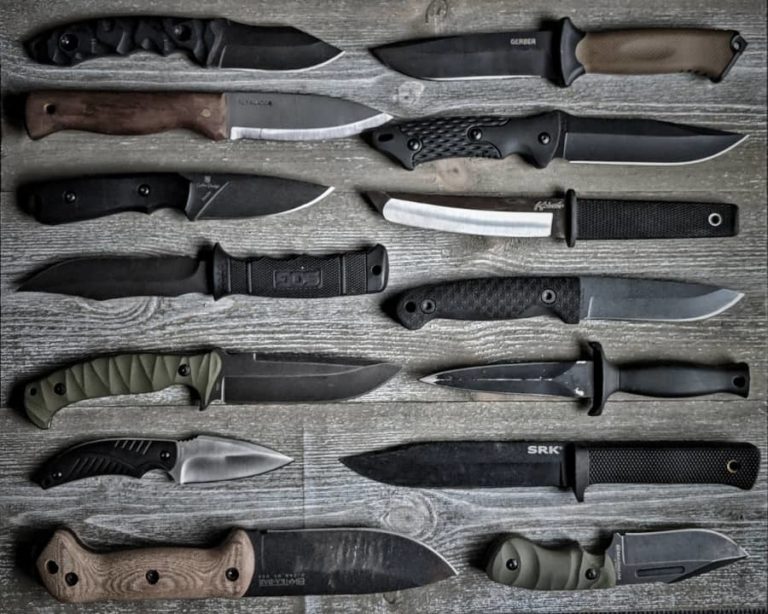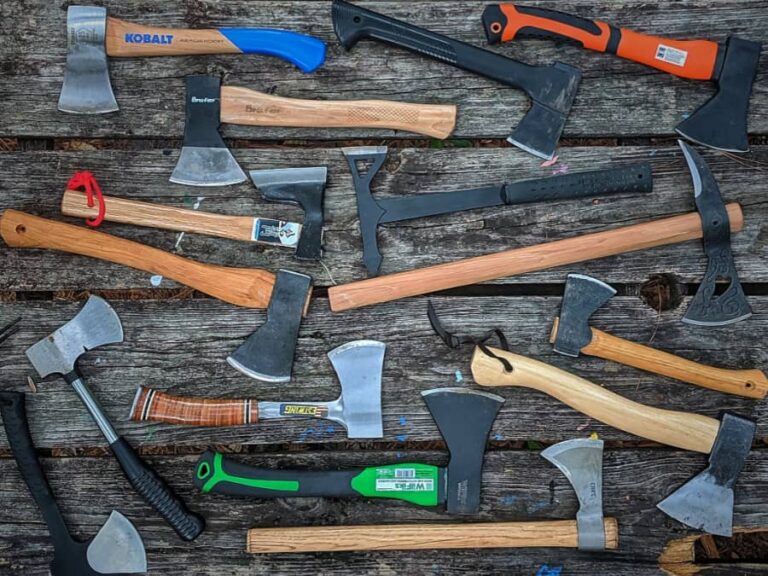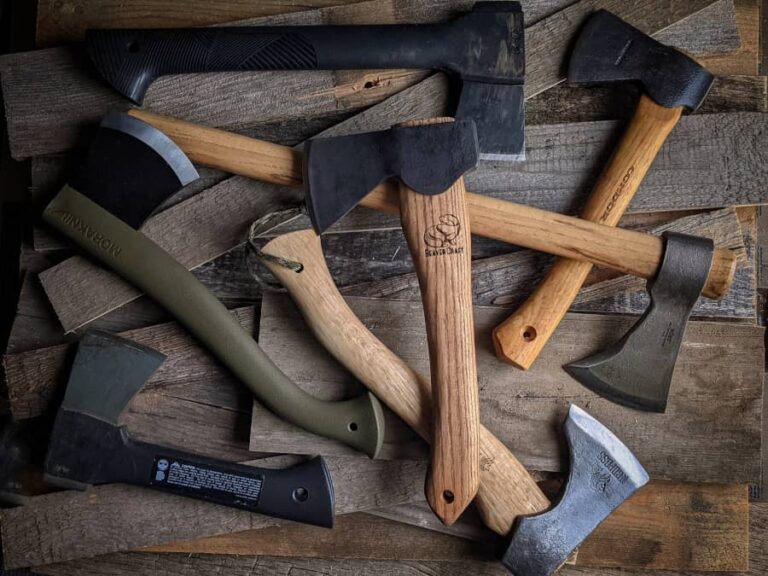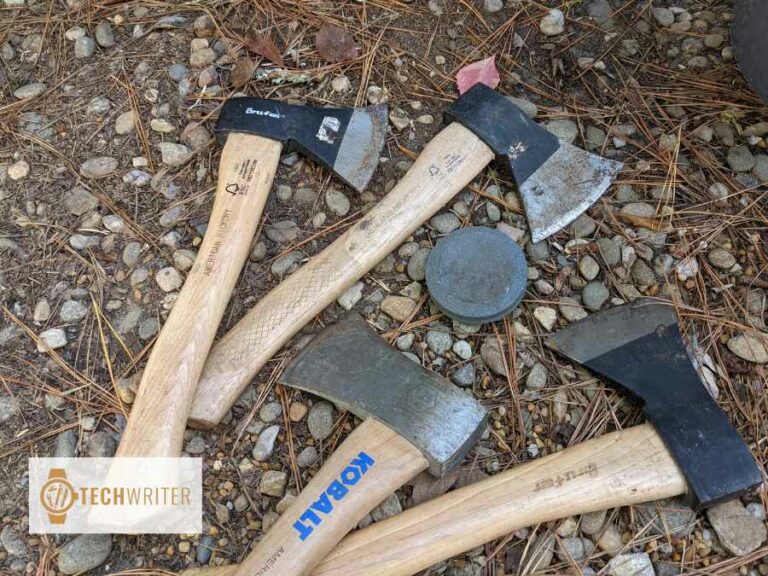Why Is Axe Throwing So Popular
If you live in a large city, there’s a decent chance you’ve caught wind of the axe-throwing craze by this point; perhaps you noted a new bar completely centered on the activity, or spotted an advertisement for a recreational axe-tossing league. More and more people are spending their leisure time chucking axes at a target—and, more often than not, sipping some suds while they do so.
Well, for a lot of us, that particular combination sounds pretty damn enjoyable, but the question remains: why is it a legitimate phenomenon—enough so that big-time investors are funneling money in the axe-throwing direction, and international competitions are snagging TV coverage with an eye, ultimately, toward nothing less than the Olympic Games?
A Snapshot History of the Throwing Axe
Axes are downright ancient human tools; the stone hand axe, lacking a handle, is one of the all-around oldest, in fact. The material for the axehead diversified across the ages—copper, bronze, iron, steel—with the refinement of metalwork, and a plethora of hafted (handled) axe designs greatly expanded the utility of the implement.
Axes thrown as weapons in hunting and/or battle came on the scene at least by the early centuries of the Current Era. A notable example of an early throwing axe is the francisca, most strongly associated with the Franks but also, it seems, flung by other Germanic peoples in the Early Middle Ages as well.
The 6th-century Byzantine historian Procopius wrote of the Franks’ use of the francisca in warfare (as quoted in Richard Underwood’s Anglo-Saxon Weapons & Warfare, via Wikipedia): “Now the iron head of this weapon was thick and exceedingly sharp on both sides while the wooden handle was very short. And they are accustomed always to throw these axes at one signal in the first charge and thus shatter the shields of the enemy and kill the men.”
Another prominent example of a throwing axe—though a weapon not exclusively thrown, and whose design varied widely—is the indigenous North American tomahawk.
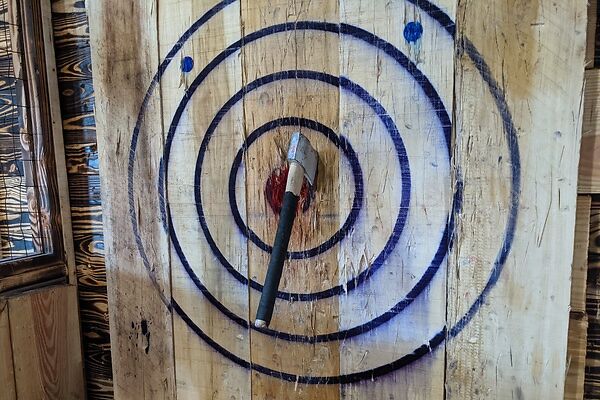
Competitive Axe Throwing: The Birth of a New Barroom Pastime & League Sport
It’s impossible to date when axes were first thrown competitively: some say the American frontier—at fur-trapper and mountain-man rendezvouses, perhaps—while others suggest the Celts may have been testing each other’s tossing aim long before that.
Really, it’s not all that hard to imagine informal axe-throwing contests getting going around the time when throwing axes, in general, became a thing: an outgrowth of practice sessions, perhaps, or just another of innumerable expressions of the human tendency toward braggadocio and one-upmanship.
We might even imagine, as in the modern 21st-century version, a bit of booze—mead, ale, wine, what have you—helping to fuel proceedings (though perhaps not improving marksmanship) way back whenever.
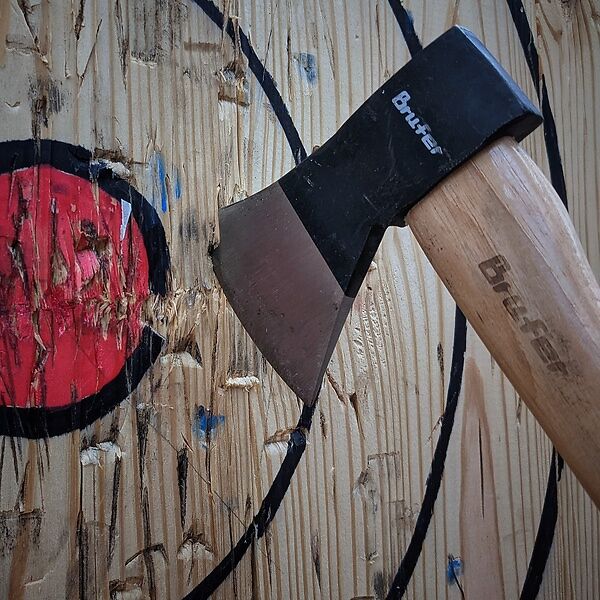
In the 20th century, axe-throwing was a common fixture at lumberjack games, alongside chopping, log-rolling, and other woodsy talents. But, as it happens, the axe-throwing that’s lately taken over bars and warehouses doesn’t really derive from professional loggers or timbersports athletes.
If there’s one person who can be credited with the booming popularity of axe-throwing, it’s probably Matt Wilson, onetime bartender and the founder and CEO of the Backyard Axe Throwing League (BATL).
In 2006, Wilson and some friends were hanging out at a cottage near Toronto and looking for something to do; that “something” became flinging a hatchet at a stump, and discovering that it was, basically, a blast. Back at home in Toronto, Wilson put up an axe-throwing target in his backyard and began inviting friends over; before long, he had a couple of leagues set up and an epic waitlist.
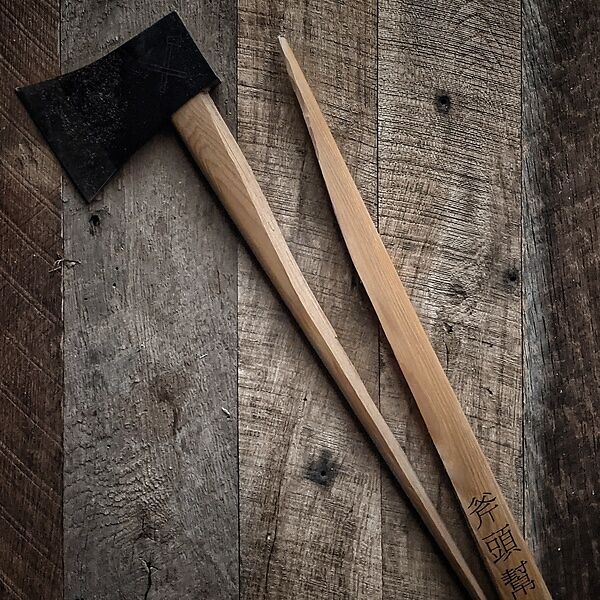
In 2011, BATL opened its inaugural indoor location in a warehouse on the west side of Toronto, becoming (as the company’s website describes it) “the first in the world to offer an urban venue experience for indoor axe throwing.”
These days, BATL has multiple locations in both Canada and the U.S. Wilson is credited with scheming up many of the rules for modern league-style axe-throwing, which, he told The Ringer in 2018, were partly modeled on other sports such as tennis.
Another pioneer was Bad Axe Throwing, established in Burlington, Ontario, in 2014 and now operating better than 40 locations in North America; it calls itself “the world’s biggest axe-throwing club.”
In 2016, BATL founder Matt Wilson helped found the National Axe Throwing Federation (now called the International Axe Throwing Federation), with the World Axe Throwing League assembling the next year.
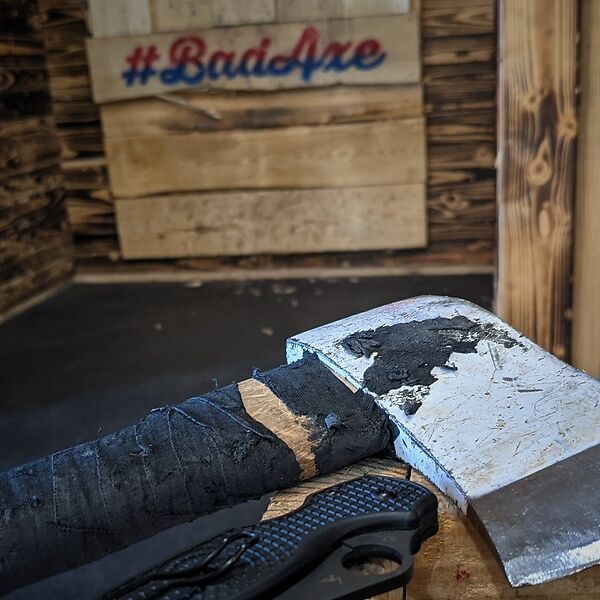
At that point axe-throwing bars and leagues were springing up all around the U.S., with Philadelphia widely regarded as one of the stateside epicenters; indeed, many on the Canadian axe-throwing scene credit Philly leagues with helping influence the growing sport’s rules and regulations.
Nowadays, axe-throwing leagues have sprung up in Europe and Australia as well, and ESPN broadcasts international tournaments. Organizers with the International Axe Throwing Federation and the World Axe Throwing League as well as other axe-tossing zealots hope to make the activity an Olympic sport.
And even as an increasing number of ace axe-throwers pursue professional-level glory, countless more casual fans of the sport are joining recreational leagues or simply becoming regulars at the local axe-throwing bars that have explosively proliferated the past few years—suggesting that tossing an axe at a target amid the clink and clatter of pint glasses and beer bottles is entering bowling territory in terms of popular appeal and cultural infiltration.
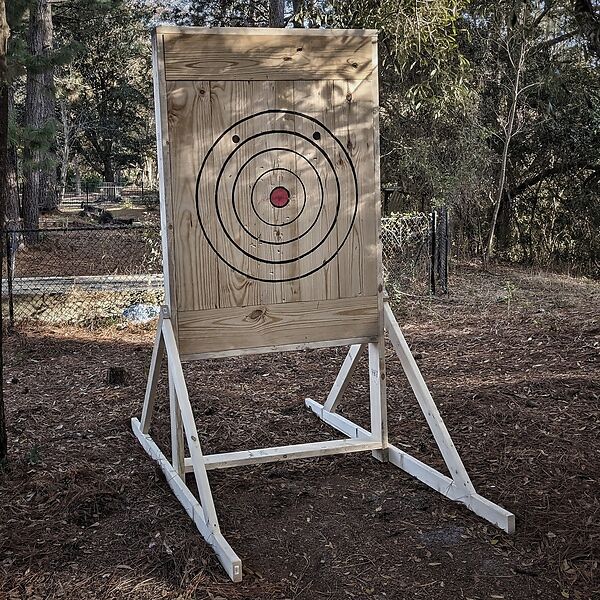
Some Possible Cultural Reasons for Why Axe Throwing Is So Popular These Days
As with any improbable, ballooning cultural phenomenon, axe-throwing has inspired a fair bit of pondering as to the reasons for its rapid-fire growth. And, as usual, there’s no single, clear-cut answer.
Surely, the satisfaction of throwing a sharp object at a target and hearing the chock of a blade sinking into wood touches on primal human emotions and sensations. But why, specifically, is that suddenly all the rage?
A 2019 New York Times article focused on the burgeoning popularity not just of throwing the axes themselves, but also of simply owning high-quality ones, suggested these trends might be related to discomfort with an increasingly digital lifestyle, a rejuvenated appreciation of artisan craftsmanship and more durable possessions—and, too, a broadening focus on survival preparedness.

“It has been a decade of pushing back against the increasingly isolating life we’ve created, and feeling the need to make preparations for the aftermath sure to come,” the author, Alexandra Marvar, writes. “The ax as a household item, even for people in cities with no cause to fell trees, fits right into the zeitgeist of the 2010s.”
Whether it’s going the full-on prepper route or getting into urban farming, there certainly seems to be a general impulse toward building one’s self-sufficiency and learning old-school, ultra-practical manual skills and crafts.

Honing your skills at tossing an axe—as we’ve covered, one of humankind’s most venerable tools—would seem to go hand-in-hand with all that, besides being loads of fun. Furthermore, axe-throwing may be serving as a unique stress-reliever. “We call it ax therapy,” competitive axe-thrower Michael Applegate quoted in Marvar’s New York Times article. “Get away from the 9-to-5, hit the pause button, throw some steel into some wood and feel a little bit better.”
There may be a generational component to that aspect of axe-throwing, as this article in The Sauce points out. Millennials, according to the American Psychological Association, are “the most stressed-out generation,” and therefore may be turning to flinging hatchets to unwind and let off some steam.

Furthermore, the Sauce piece points out, statistics suggests millennials are generally more interested in experiences than material acquisition, another reason why axe-throwing may be especially appealing to young adults these days.
On more superficial levels, cultural commentators have also pointed out that axe-throwing as a recreational activity for the younger crowd also overlaps with the whole flannel-donning, beard-sporting urban hipster trend of the 2010s: what’s been (memorably) termed the “lumbersexual” look.
And then there’s the pop-culture element: we’ve been devouring medieval-style and fantasy movies and films since the turn of this century—kicking off, roughly speaking, with Peter Jackson’s Lord of the Rings trilogy, and culminating, for the time being, with the global juggernaut of HBO’s Game of Thrones—and perhaps that’s primed the populace for some good old-fashioned axe-handling.

The Basic, Sudsy Roots of Axe-Throwing’s Appeal
Then again, we’ll emphasize once more that the current axe-throwing phenomenon is strongly associated with drinking culture, whether it’s a specific axe-focused watering hole or just a BYOB league event in a clubhouse (or, to go back to the roots of the matter, some bored Canadians swilling beer at a cottage and looking for entertainment). People like playing games when they’re drinking brews together, and in that sense axe-throwing is a natural cousin not only of darts and bowling, but also corn hole, poker, and Giant Jenga.
So while there’s a very good chance there’s some 21st-century rustic, back-to-the-land romanticism going on, likely mixed with a little stressed-out millennial hunger for novel experiences, the foundation of this axe-throwing mania is likely an older, simpler truth: people just like to hang out, drink beer, and engage in some friendly competition while doing so.

Blair Witkowski is an avid watch nut, loves pocket knives and flashlights, and when he is not trying to be a good dad to his nine kids, you will find him running or posting pics on Instagram. Besides writing articles for Tech Writer EDC he is also the founder of Lowcountry Style & Living. In addition to writing, he is focused on improving his client’s websites for his other passion, Search Engine Optimization. His wife Jennifer and he live in coastal South Carolina.

